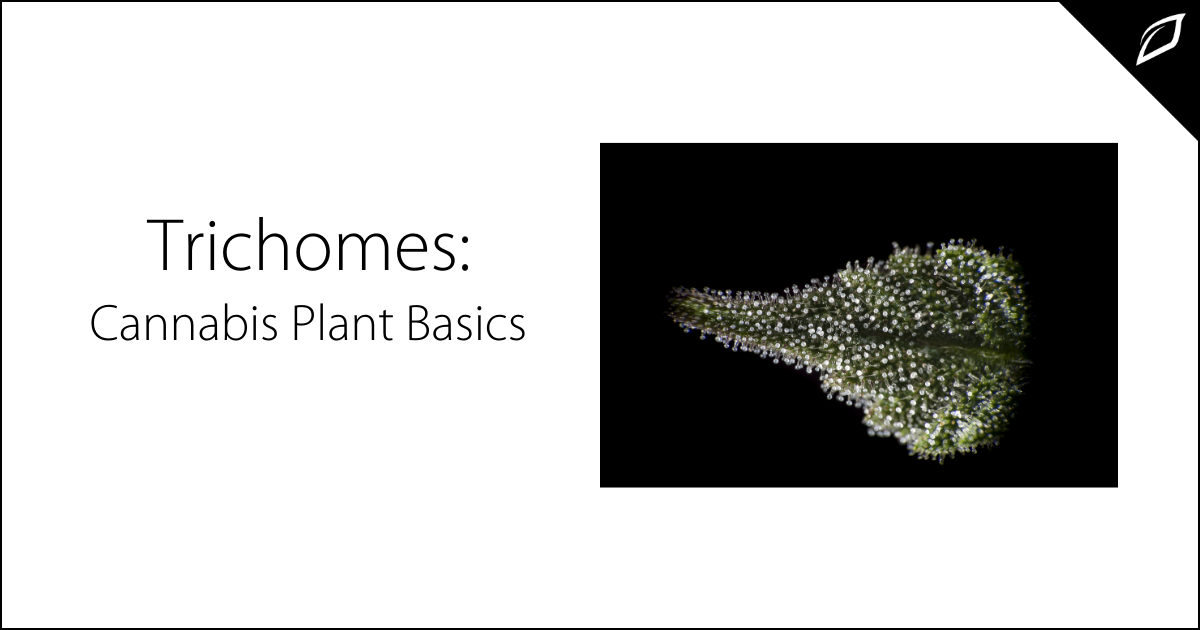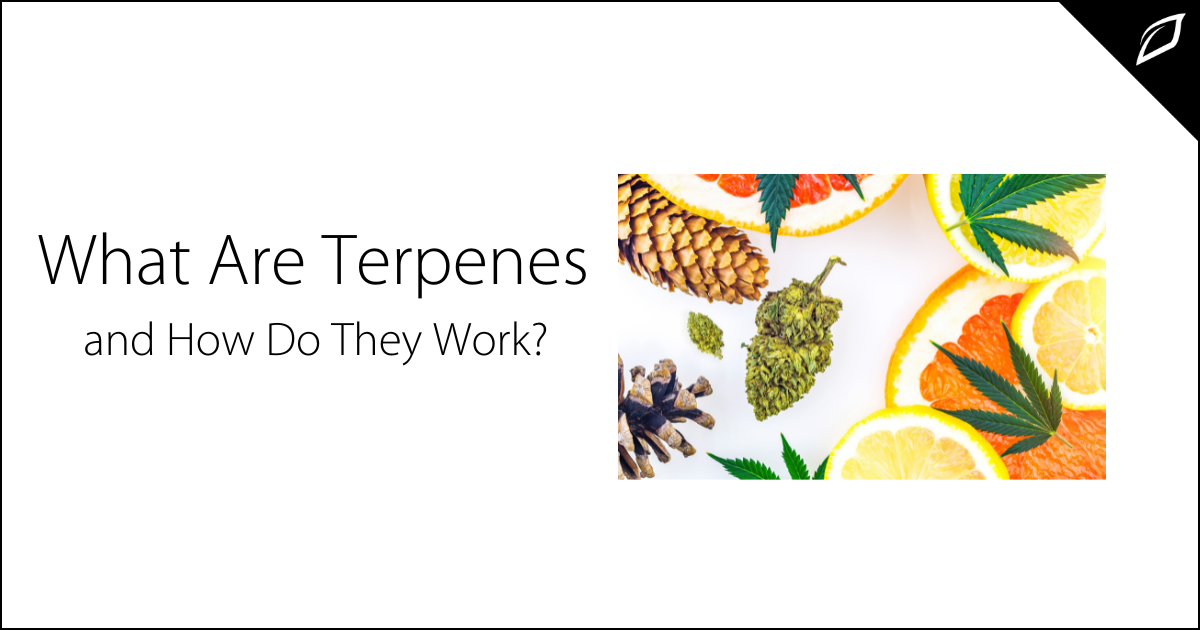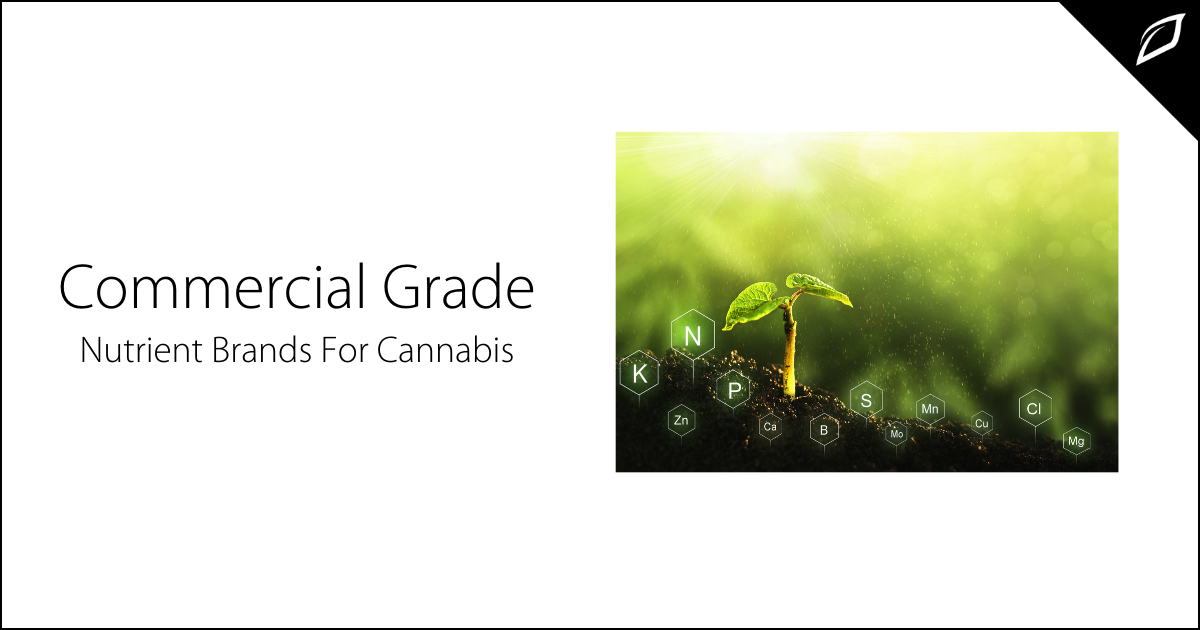Trichomes: Cannabis Plant Basics
If you're a horticulturist, then you're already familiar with what glandular trichomes (GT's) are and how they work to protect plants. But for the...
-png.png)
Cannabis extraction is one of the fastest-growing sectors in the industry. Used in vape pens, edibles, drinks, dabs, tinctures, and patches, just to name a few, cannabis concentrates are a huge business. It's estimated that over 50 percent of cannabis sales are attributed to concentrates or infused products. Let's take a look at the process of procuring cannabis concentrates.
What is Cannabis Extraction?
As the name implies, the process of extraction literally removes targeted organic compounds from the cannabis plant. All flowering plants have glandular trichomes, which produce oil in response to exterior conditions (lighting, pests, etc.) that contain the most commercially viable part of the plant; cannabinoids, terpenes, and flavonoids. Read more about trichomes here.
Why is it Important?
Extracting organic compounds from cannabis flower helps manufacturers dose products more accurately, provide higher purity with stronger, longer-lasting effectiveness. Cannabinoids, flavonoids, and terpenes provide the most versatility when creating products, whether it's CBD, CBN, THC, etc. It's possible to isolate particular organic compounds during the extraction process, like just THC or CBD. Having the raw material to infuse into consumer-based products is easier than creating a product using cannabis flower. With thousands of products on the market, they appear hugely popular.
Methods of Extraction
The five primary methods of extraction commonly used in cannabis are alcohol, butane, CO2, ethanol, and water. Each method has pros and cons; let's take a look at the options.
Alcohol - The alcohol or isopropyl alcohol method requires dried flower to be soaked in the alcohol. It's then gently agitated to allow the alcohol to remove the glandular trichomes from the plant. There's some evidence that cooling during the extraction process may extend self-life.
Butane - While the apparent danger from using a flammable substance during the extraction process is a detractor, the BHO (butane honey oil) extractions process allows for higher THC levels. A closed-loop system makes BHO a safer alternative.
CO2 - Better known as supercritical CO2 oil extraction, it's a non-toxic method that's also environmentally friendly. Popular because it leaves no traces of toxins behind in the process, this method is used in the beer, coffee, and tea industries.
Ethanol - Gaining in popularity, ethanol is promoted based on its ability to quickly process massive amounts of cannabis. But sometimes, things are too good to be true. Ethanol is highly flammable, like butane. And there are concerns about the ability to purge toxins after processing. Still, it's considered safe by the FDA so take that into account when making your decisions.
Water - A simple and relatively effective method, using water, consists of soaking the plant in frigid water to remove glandular trichomes. Passing through a series of screens, it's separated and results in concentrates with 50-70% THC levels.
Final Thoughts
All methods have positive and negative attributes. Some are costly; others are inexpensive. Your individual needs must be taken into account before deciding which process is suitable for you.
-png.png)

If you're a horticulturist, then you're already familiar with what glandular trichomes (GT's) are and how they work to protect plants. But for the...

Terpenes are organic compounds responsible for the fragrance, taste, and pigment of plants and trees throughout the world. More than 50,000 unique...

Plant nutrients or fertilizers mimic the natural nutrients found in healthy soil, often with some added benefits. Since growing cannabis indoors is...